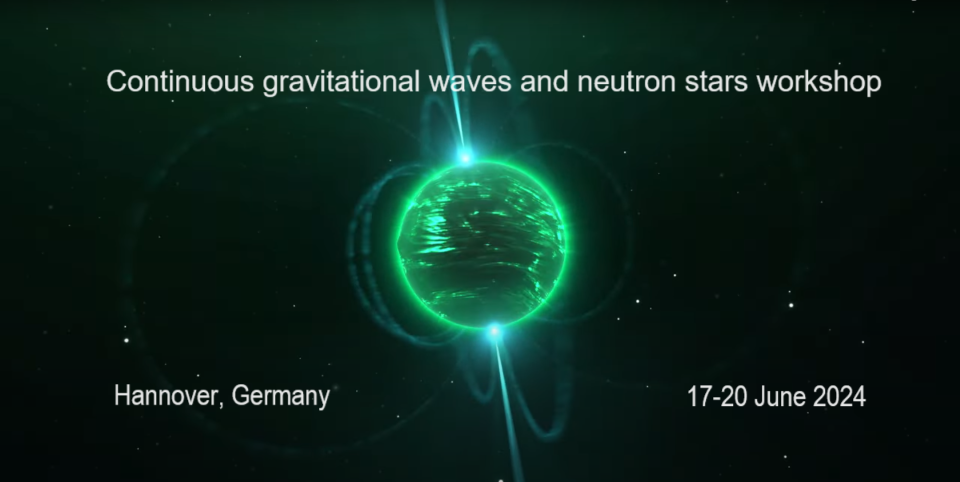Speaker
Sudhagar Suyamprakasam
(Nicolaus Copernicus Astronomical Center Polish Academy of Sciences)
Description
To detect quasi-monochromatic gravitational wave radiation emitted by the non-symmetric rotating neutron stars requires a long observation time to distinguish it from the detector's noise. If, in addition, the signal is microlensed, the mass of the lens magnifies the signal amplitude, which aids in detection of these signals and in probing the physical nature of the lens as well as the source. We study the observational feasibility of microlensing of continuous gravitational wave signals in the point mass lens approximation by performing a proof-of-concept search using simulated data from ground-based detectors with the semi-coherent Time Domain F-statistic method.
Author
Sudhagar Suyamprakasam
(Nicolaus Copernicus Astronomical Center Polish Academy of Sciences)

